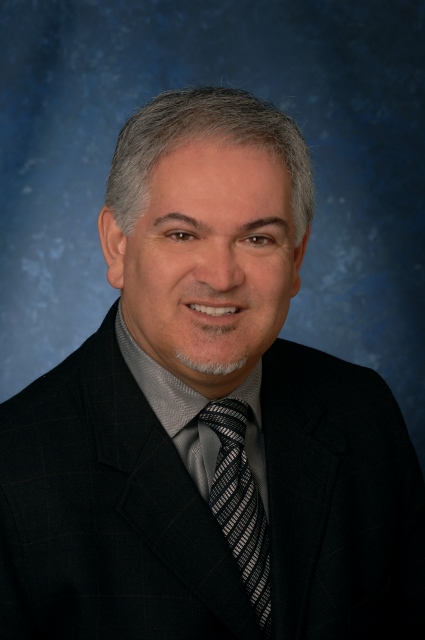Luis Saldaña, MD, literally wrote the book on clinical decision support implementation.
Dr. Saldaña, CMIO of Arlington-based Texas Health Resources, was part of a national team of health IT experts who rewrote "Improving Outcomes with Clinical Decision Support," a manual for CDS implementation and optimization. The updated version won HIMSS' annual Book of the Year Award in 2012 and is currently available as an e-book on the HIMSS website.
Dr. Saldaña gained his expertise through his work at Texas Health Resources, optimizing the system's CDS software to reap its benefits while creating minimal interruptions to clinicians' workflows.
The 25-hospital system currently uses an Epic electronic health record system, which has embedded CDS capabilities. The system has added additional CDS software from third-party vendors to enhance functionalities, like a drug interaction checker, that Dr. Saldaña and his team optimized by working with clinicians.
"First, we identified an opportunity," says Dr. Saldaña of the optimization process, which for the drug interaction checker, was a prevalent low usage of a certain pharmaceutical.
Once the issue was identified, the drug interaction system could then be adjusted to foster its proper use. "We identified the target levels we wanted to get to, identified the specific clinician processes that may lead to a CDS intervention, mapped workflows related to that intervention and then decided where the interventions would best fit into the workflow," he says. "This was not an out-of-the-box functionality of the CDS software."
To other hospital executives looking to optimize their CDS software, Dr. Saldaña stresses the importance of engaging clinicians in the process. "Collaboration with clinicians is key for this," he says. "You have to make sure the CDS intervention matches their workflow."
Dr. Saldaña also recommends starting simple with CDS, focusing on the highest-priority alerts and functionalities before expanding the software. "Don't go for the advanced system right out of the gate — the users have to get used to the CDS system first before you start throwing more interruptions at them," he says.
Successfully implementing or optimizing CDS software also involves having a way to measure that success. Dr. Saldaña recognizes CDS software on the market does not always make it easy to gauge the effectiveness of a specific intervention. He gives the example of a physician who is too time-pressed to answer the CDS' questions about a patient's risks for a certain drug, so he selects the options that categorizes the patient as low risk or turns the alerts off. "But, when he comes back and corrects the entry when he has more time and orders appropriately, it can make it hard to tell if it was the CDS or the physician's own thinking that lead to the improvement," says Dr. Saldaña.
These software quirks make it all the more important for hospital leaders to establish a baseline measure for a specific intervention and decide before the intervention is initiated how success will be measured. "Too often this is ignored or left to afterwards," says Dr. Saldaña. "Measuring needs to start when you're designing."
To ensure the CDS software is working as intended and achieving results, Dr. Saldaña and the steering committee meet monthly to discuss progress and any issues that have arisen. "It's a way for us to give feedback on what's working and what's not," says Dr. Saldaña. "The whole system needs to be re-evaluated from time to time to see if you need to make a change."
More Articles on Clinical Decision Support:
The Present and Future of the EMR App Market
Most MU Functionalities Not Evaluated in Clinical Studies
12 Health IT Predictions for 2014

